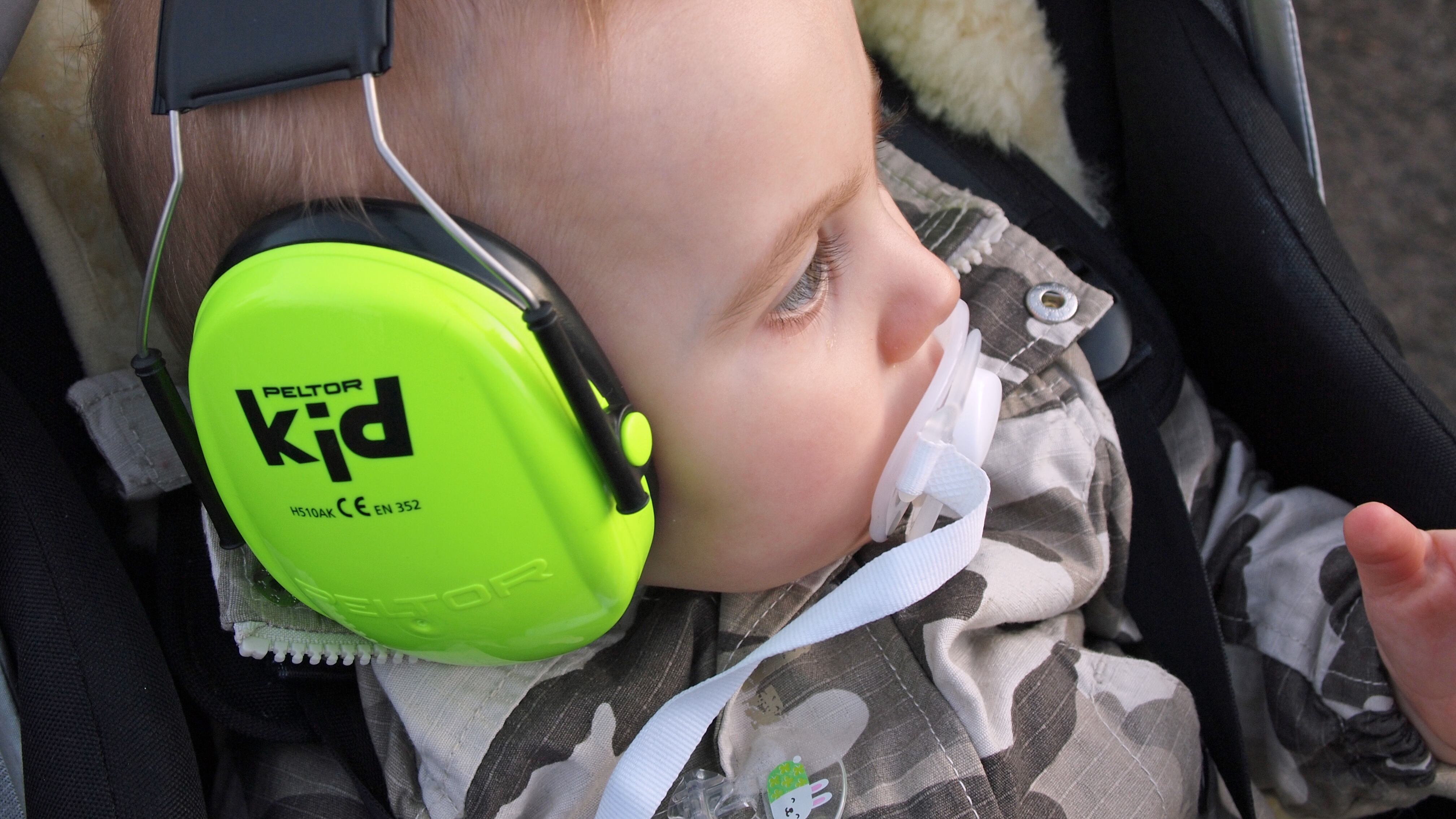Lately, I've been seeing babies wearing hearing protection at Timbers games. Assuming they're not dressed for post-match roadwork or air-marshal shifts, what type of damage are they avoiding? If I wanted to deafen an infant, what would it take?—dB Cooper
First, the straight answer: The peril of the week that the well-meaning parents of Providence Park are shielding their kids from is called noise-induced hearing loss, or NIHL.
NIHL is certainly a real thing—Occupational Safety and Health Administration guidelines, for example, mandate hearing protection for workers who will be exposed to over 110 decibels (dB) of noise for over 30 minutes. Other sources say there's a potential for NIHL after just two minutes of 110 dB sound. Quieter sounds can be safely endured for longer durations.
So just follow these handy guidelines, right? Unfortunately, decibel values are not designed to be intuitive to the average layman.
It doesn't help that stadium scoreboard "Let's Get LOUD!" dB meters are inflated marketing hype. (The Kansas City Chiefs once displayed a value of 141 dB, which, if true, would have resulted in immediate and noticeable hearing damage for a substantial portion of those in attendance.)
An experiment measuring actual sound levels in the seats recorded at the 2012 Super Bowl peaked at a more realistic 107 dB. We'll assume (generously) that Timbers fans can do the same. Since 107 is practically 110, we're in danger after two minutes of peak cheering, right?
Actually, since dB values are on a logarithmic scale, 107 delivers only about half as much wallop to your eardrum as 110. The Barmy Army would have to yell at Super Bowl volume for at least four minutes to have the same effect.
And maybe they do! Whatever the chances of hearing loss at a Timbers game, they're certainly less with hearing protection. But it's worth noting most former babies who went to ball games with naked ears are not deaf—nor are most retired athletes.
Still, some say the loss of hearing now considered an inevitable consequence of mortality (I once used a music production app that included a treble-cut filter called "40-Year-Old Male Hearing," which I found somewhat insulting) might well be reduced by better stewardship of one's arse. What? It's "ears"? Never mind.

